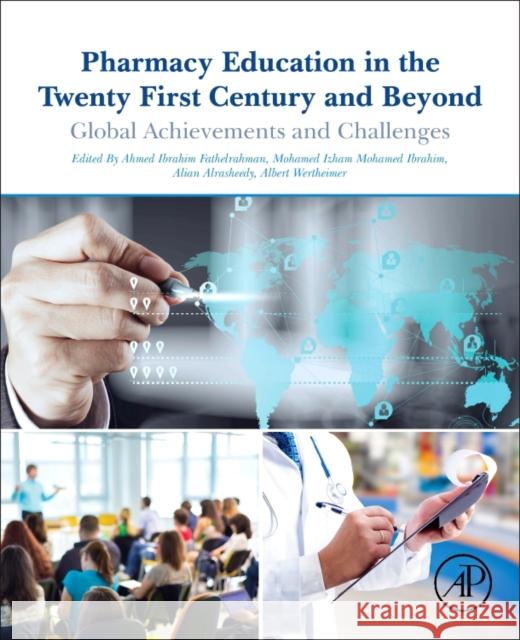Pharmacy Education in the Twenty First Century and Beyond: Global Achievements and Challenges » książka
topmenu
Pharmacy Education in the Twenty First Century and Beyond: Global Achievements and Challenges
ISBN-13: 9780128119099 / Angielski / Miękka / 2018 / 378 str.
Pharmacy Education in the Twenty First Century and Beyond: Global Achievements and Challenges
ISBN-13: 9780128119099 / Angielski / Miękka / 2018 / 378 str.
cena 344,15
(netto: 327,76 VAT: 5%)
Najniższa cena z 30 dni: 342,73
(netto: 327,76 VAT: 5%)
Najniższa cena z 30 dni: 342,73
Termin realizacji zamówienia:
ok. 30 dni roboczych
Dostawa w 2026 r.
ok. 30 dni roboczych
Dostawa w 2026 r.
Darmowa dostawa!
Kategorie BISAC:
Wydawca:
Academic Press
Język:
Angielski
ISBN-13:
9780128119099
Rok wydania:
2018
Ilość stron:
378
Waga:
0.77 kg
Wymiary:
23.37 x 18.8 x 2.29
Oprawa:
Miękka
Wolumenów:
01
Dodatkowe informacje:
Bibliografia
Wydanie ilustrowane
Wydanie ilustrowane











